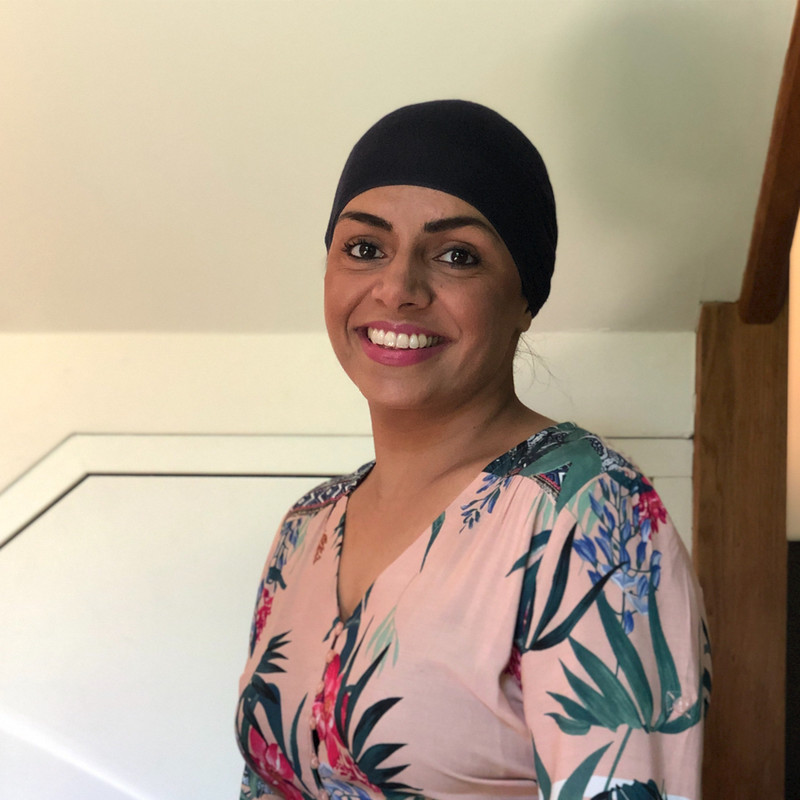
What started out as pockets of women around the world demanding equal rights as far back as 1909 has become a global day of celebrating womanhood. International Women’s Day (IWD) is observed on the 8th of March every year; it is a day that marks a call to more action towards equality.
The theme for IWD 2020 is “Each for Equal” underlining the individual responsibility we have to achieving equality. The choice remains ours to make in challenging stereotypes, fighting bias, being more inclusive and improving situations for everyone. Just as drops make a mighty ocean, individual decisions for equality can build a better world.
“You see, our glorious diversity – our diversity of faiths, and colors and creeds―that is not a threat to who we are, it makes us who we are.” – Michelle Obama
Diversity and Inclusion are increasingly recognised as twin weapons in the war against inequality. Simply put, diversity is acknowledging differences and inclusion is attributing value to that which is different, making for not only a peaceful but a rich existence. As society moves in the right direction, organisations are following suit. There is an overwhelming business case for diversity and inclusion in the workplace which has resulted in the rise of training courses and workshops on this topic. Embracing diversity can easily become a tick box exercise without digging deep and establishing a culture of continuous improvement.
CI Projects creates an inclusive environment through initiatives like flexible working for parents and has a diverse approach to recruitment – where skills / strengths are considered above qualifications. Our recent ‘Time to Learn’ initiative recognises that each employee has something valuable to teach others. Whilst these are great practices, more can be done to create equality in the workplace.
CI Projects reached out to two leading women with expertise in people and organisation development to shed more light on how to successfully implement diversity and inclusion in business.
Rupinder Kaur is the founder of “Asian Women Mean Business”, a community that empowers working women to thrive in business through networking, workshops, coaching & mentoring.
Rupinder has extensive experience in HR, leadership training and coaching and she believes that the biggest challenges business face in practising Diversity and Inclusion are internal.
“If leaders feel that this is not an important area to address that shuts down any interest or willingness to implement strategies. It starts from the top!”

Her advice for businesses thinking about getting started with D&I initiatives is simple. First, she suggests business leaders ask themselves these questions:
“What would you do if you weren’t afraid?” “What does your boldest vision look like when it comes to how diverse and inclusive you want your teams to be?”
Next, she advises that leaders should work back from the questions and put structures in place that support that vision.
Most importantly, she urges business leaders not to hold back, ‘You can start small or go for it with radical leaps. Whatever you do – just start!”
Obi James is an Organisational Culture Change Consultant who specialises in creating an inclusive culture of shared leadership within organisations. Her mission is to create workplaces that embrace diversity and get the best out of their people by being truly inclusive and unleashing the power of the collective. Obi believes that by effectively engaging all voices, including the marginalised ones, organisations can achieve greater insight, creativity, innovation and ultimately, sustainable success.

Obi observes that organisations who truly embody Diversity and Inclusion are reflective. Her best practice recommendation is this, “Invite people across all levels of your organisation into constructive conversations about diversity issues that impact them. This will create a deeper understanding of their lived experiences and a collective agreement on what success around D&I would look like.”
The challenges with implementing D&I initiatives that Obi has encountered often stem from approaches and mindset, and these stretch across all stages of the process from diagnosis to solution.
“Efforts have to be holistic, diverse and inclusive. They must also address needs at an individual, relational, team and cultural level. There is a mindset shift and a lot of unlearning that must take place across all levels – including minority and majority groups. A recent Metro article on ‘code-switching’ highlighted the fact that to “fit in”, many people from minority groups deliberately marginalise the unique and valuable aspects of themselves which all organisations need more of!”
Obi recognises the need for organisations to look beyond individuals, to investigate unspoken rules, systemic processes and cultures that could inadvertently be feeding and nurturing inequality in their workplace. Organisations who wish to effect sustainable change need to start with tough diagnostic conversations to identify their own ‘blind spots’ and challenges, so they can address them.
Her advice for getting started with diversity and inclusion initiatives is this,
“Create safe spaces and conditions where your people can speak up. If necessary, work with external coaches, facilitators or relevant experts that are trained to facilitate conversations in a way that allows marginalised voices to speak up and ensures all voices are heard. A one-glove-fits-all approach will not create sustainable change.”
Finally, Obi encourages organisations to use the ‘and’ in Diversity and Inclusion cautiously as they do not always go hand in hand. According to her, an organisation may appear diverse but it does not mean that it is truly inclusive.
Like with any growth and development initiative, it is impossible to be done with D&I.
It’s a journey, not a destination and every step, every decision must focus on creating more equality for more people.
